
 |
|
|||||||
 |
|
|
Thread Tools | Search this Thread | Display Modes |
|
|
|
|
#1 |
|
Member
Join Date: Jun 2006
Posts: 161
|
 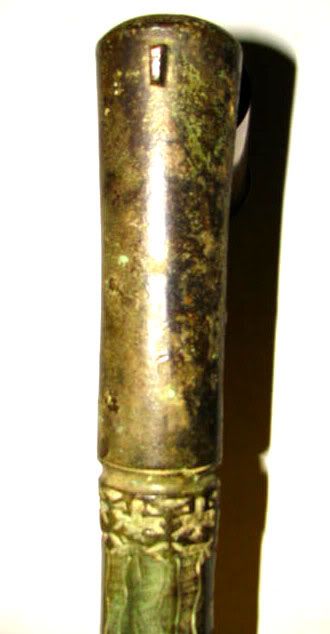  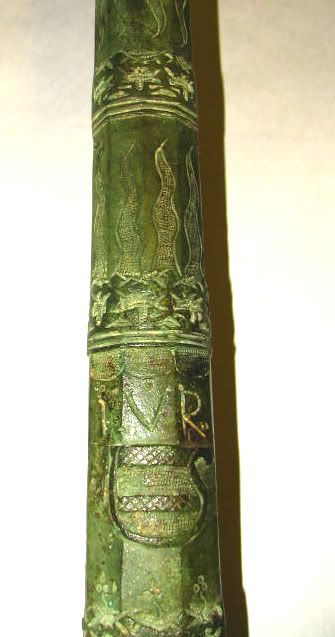  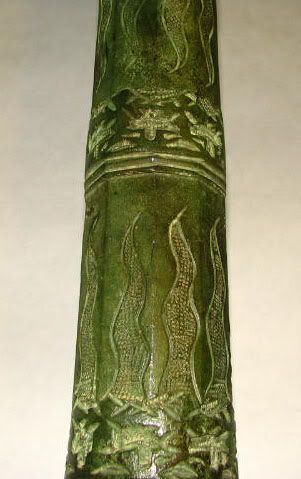  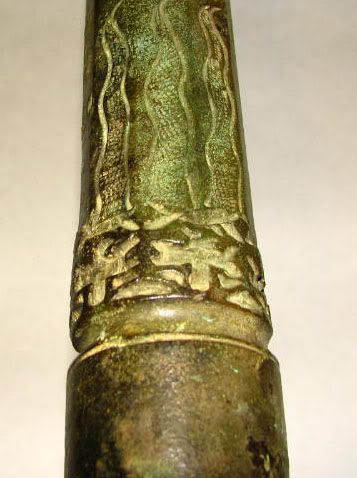
|
|
|

|
|
|
#2 |
|
Member
Join Date: Jun 2006
Posts: 161
|
 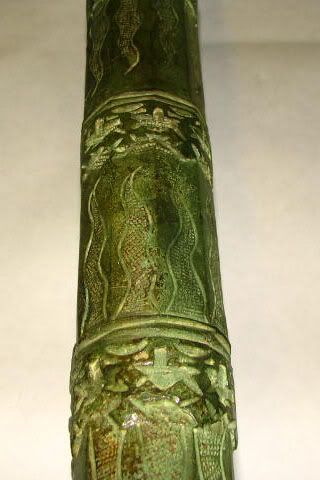 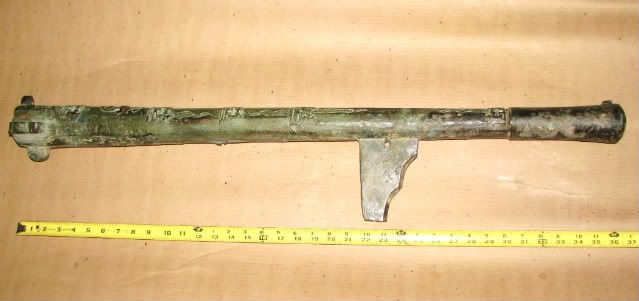 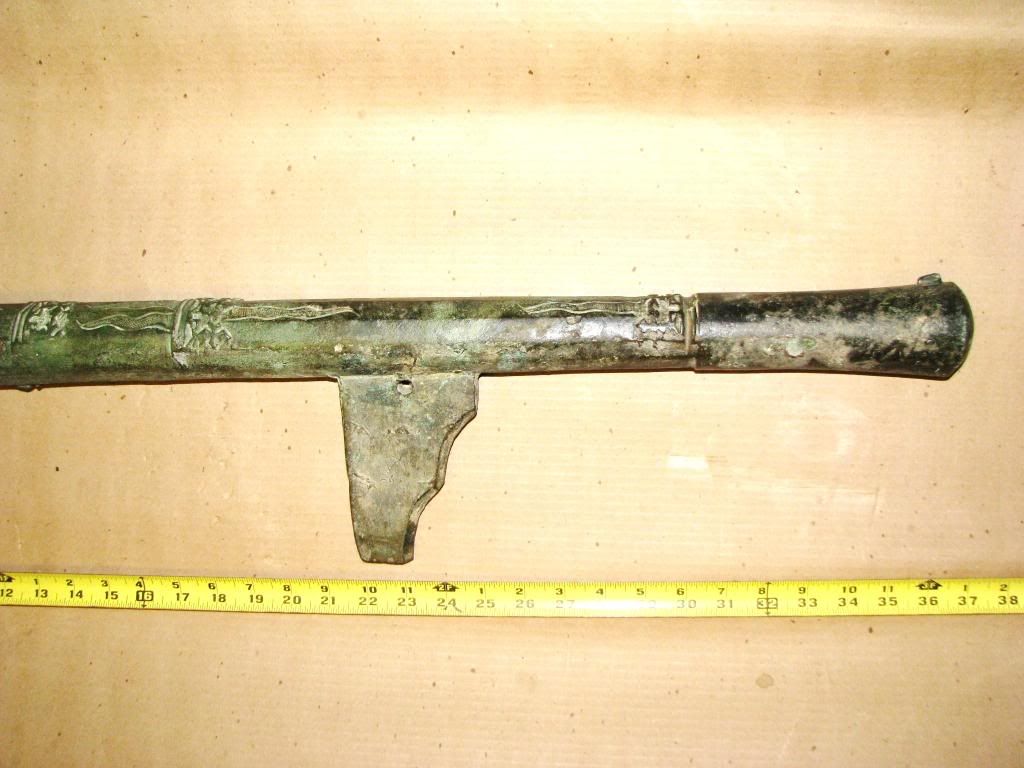 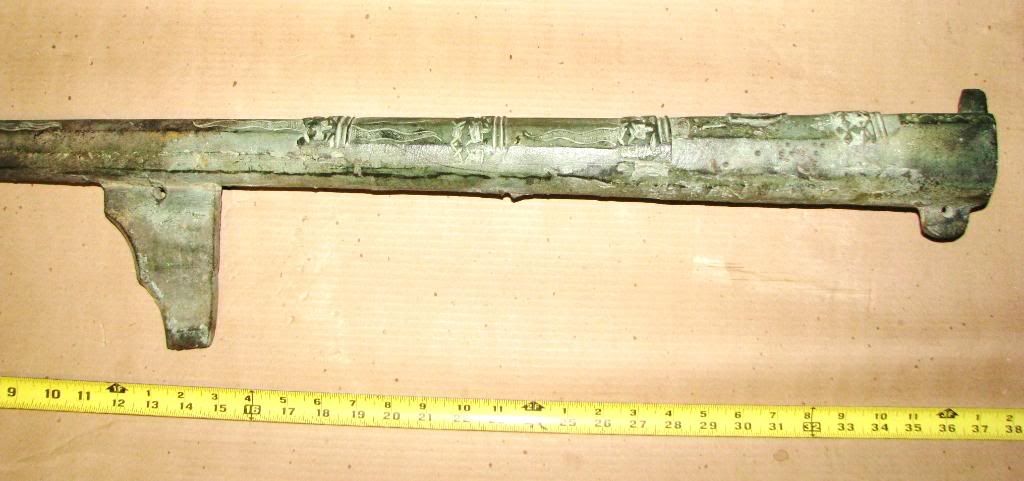 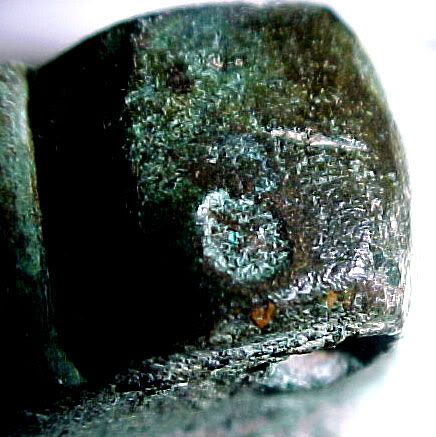
|
|
|

|
|
|
#3 |
|
(deceased)
Join Date: Sep 2008
Location: Bavaria, Germany - the center of 15th and 16th century gunmaking
Posts: 4,310
|
Good images, John,
Thanks! Great emerald green patina, very charming. I indeed tried to find out about that 'Springfield Arsenal' but I didn't. I was convinced though that is twas not the official one in MA as no place was given. As to the paragraph on Schellenberg you mentioned: what exactly do you mean by Altdeutsch - Medieval German? Is is hand-written or print? From about what century is it? If you wish to have a try, maybe I could help you along. Best, Michael |
|
|

|
|
|
#4 |
|
Member
Join Date: Jun 2006
Posts: 161
|
The portion of that article I cannot make much sense of is this, which seems to have old German word-order and impossibly long sentences:
"Zu den berühmtesten Gliedern dieses Hauses gehörte der Eingangs genannte Kriegsmann. Derselbe, anfangs nicht für den Kriegsdienst bestimmt, studirte auf den Universitäten Pavia und Bologna die Jurisprudenz und erwarb sich den Grad eines Doctors beider Rechte. Bald jedoch mehr von dem damals sehr im Flor gewesenen ritterlichen Waffenhandwerk angezogen, wohnte er von 1512 ab den hauptsächlich auf Betreiben des Cardinals Schinner um das Herzogthum Mailand unternommenen Heerzügen des Kaisers Maximilian I. in Oberitalien (u. A. der Belagerung des von ihm eingenommenen Pavia) bei, und wurde von diesem zur Anerkennung für seine hervorragenden militärischen Verdienste zum Obristen ernannt, auch unter seine Hof- und Kriegsräthe aufgenommen. Bald darauf zog er, als König Ludwig XII. von Frankreich wiederholt Mailand gegen Maximilian Sforza, den Sohn Moro's in Anspruch nahm, wieder mit seinen tapfern Schweizern nach Italien und hatte wesentlichen Antheil an den ehrenvollen Waffenthaten gegen die französischen Heerführer Trivulzi und Latremouille, so an der ruhmvollen standhaften Vertheidigung Novaras, so daß der Kaiser, der ihn gemeinsam mit seinem Bruder Hans v. S. schon im J. 1501 gleich beim Beginn seiner kriegerischen Laufbahn zum Ritter geschlagen hatte, ihm hauptsächlich für sein unvergleichliches Verhalten in der Schlacht bei Vicenza am 18. Oct. 1511 gegen die Venetianer, in welcher er mit 36 Wunden bedeckt für todt auf dem Wahlplatz liegen blieb, durch seinen Feldherrn Raimund v. Cardona diese Ehre zum zweiten Male widerfahren ließ. Auch Maximilian's Nachfolger, Kaiser Karl V., nahm auf den Rath des Grafen Rudolph von Sulz Schellenberg's Dienste in Anspruch; und wiederholt führte|S. die tapfern eidgenössischen Schaaren nach Italien, zeichnete sich in den Schlachten an der Bicocca und von Pavia rühmlichst aus und trug zur Wiedereroberung Mailands von den Franzosen und Einsetzung Franz II. Sforza in das Herzogthum Mailand das Seinige redlich bei. Schließlich machte er noch die brillante Vertheidigung Wien's gegen Sultan Soliman d. Gr. mit. Nach einem thatenreichen Leben beschloß er, überall hochgeachtet und geehrt, seine Tage ruhig in seiner Heimath, woselbst er im Chore der Pfarrkirche begraben wurde. S. wurde von seinen Zeitgenossen als ein Mann von imposanter Persönlichkeit, von Intelligenz und Thatkraft, als ein biederer, witziger und jovialer Ritter gerühmt, der seinen, hauptsächlich aus Schweizern bestehenden, Landsknechten, welche für ihn durchs Feuer gegangen wären, gehörig zu imponiren verstand." The excerpt came from this page: http://www.deutsche-biographie.de/sfz78138.html |
|
|

|
|
|
#5 |
|
(deceased)
Join Date: Sep 2008
Location: Bavaria, Germany - the center of 15th and 16th century gunmaking
Posts: 4,310
|
O.K., here's my translation:
Among the noblest members of that House was the aforementioned warrior. Though not headed for service from the beginning, he studied law at the universities of Pavia and Bologna and graduated as a doctor of jurisprudence. Soon however he got attracted by knightly crafts which were very popular then, and from 1512 onward, and he joined the Upper Italy campaigns of the Emperor Maximilian I (among them the siege of Pavia - in 1525, translator's addition - , which was taken by him (Schellenberg)), which were mostly run by Cardinal Schinner on behalf of the Duchy of Milan; in approval of his outstanding military deserts, he was appointed to be a colonel (by Maximilian) and accordingly incorporated among both the privy and war councilors. Soon after, when King Louis XII of France repeatedly requested Milan's services against Maximilian Sforza, Moro's son, he resumed another Italian campaign together with his brave Swiss mercenaries and had a decisive share of the honorable warriors' deeds against the French campaign leaders Trivulzi and Latremouile, e.g. at the gloriously steadfast defense of Novara. Consequently, the Emperor, after confering the knightly acolade upon (Ulrich) and his brother Hans v. Schellenberg already in 1501, right at the very start of his military career, saw that the same honor was done to him a second time by his commander Raimund von Cordoba, especially in recognition of his peerrless behavior during the battle near Vicenza on 18 October 1511 where he was found on the battle ground, covered with 36 wounds and left behind believed to be dead. Maximilian's successor, the Emperor Charles V, on the advice of Count Rudolph von Sulz, made use of Schellenberg's service; repeatedly Schellenberg led the brave Swiss armies against Italy, standing out most laudable in the battles at the Biocca and of Pavia and righteously adding his part to the reconquest of Milan from the French and to the installation of Franz II Sforza in the Duchy of Milan. Finally he also joined in the brilliant defense of Vienna against Sultan Suleiman the Great (in 1529, translator's addition). After a life full of deeds, and both highly esteemed and honored throughout the land, he spent his old age quietly in his home country, where he was buried beneath the parish church quire. His contemporaries used to praise Schellenberg as a man of imposing personality, of intelligence and energy, an upright, witty and cheerful knight who knew how to impress his mercenaries which were mostly composed of Swiss, who would have gone thru fire and water for him. Wow, that was one helluva stress, even for a university graduate.    Have fun, Michael Last edited by Matchlock; 7th December 2011 at 05:17 AM. |
|
|

|
|
|
#6 |
|
(deceased)
Join Date: Sep 2008
Location: Bavaria, Germany - the center of 15th and 16th century gunmaking
Posts: 4,310
|
Those interested in Ulrich von Schellenberg's personal Katzbalger sword of ca. 1515, please see
http://www.vikingsword.com/vb/showth...672#post129672 m |
|
|

|
|
|
#7 |
|
Member
Join Date: Jun 2006
Posts: 161
|
Michael, thanks so much for translating that difficult text, it certainly clears up a lot. That's the first mention I've seen anywhere that he had a brother named Hans, although the writeup begins with "Hans Ulrich von Schellenberg" and I did not understand why Hans was in block type font and 'Ulrich von Schellenberg' was in italics. Perhaps to someone more familiar with the ADB format, this would indicate two different people were being named. Brother Hans got such brief mention that I completely missed it. I greatly appreciate the assistance.
|
|
|

|
 |
|
|